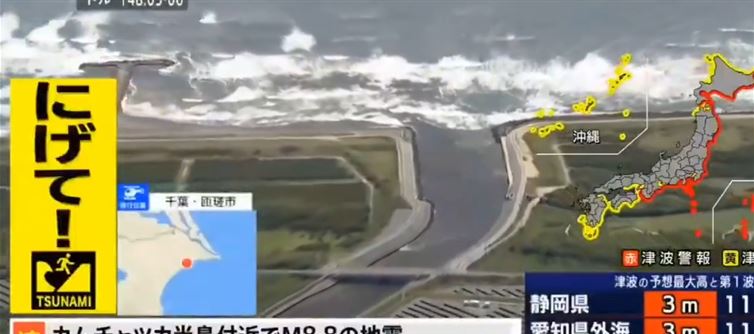
The first waves, though not yet confirmed in their full height, have already begun to cause flooding in low-lying areas. Emergency sirens were heard across towns near the Pacific coast, and local broadcasts urged people to move to higher ground without delay. train services, airports, and highways have been temporarily suspended to ensure public safety. Japanese officials are working closely with meteorological and seismic experts to monitor the situation, while rescue teams have been deployed in anticipation of damage and potential casualties.
The international community is also watching the situation closely, as such a large quake and resulting tsunami could have ripple effects across the Pacific Rim. Countries including Russia, South Korea, and even as far as Hawaii have issued precautionary advisories. japan, with its well-developed disaster preparedness systems, is now facing a stern test of infrastructure and coordination. While japan has endured similar catastrophes in the past, such as the 2011 Tōhoku earthquake and tsunami, any event of this scale brings renewed urgency and fear. Updates from the japan Meteorological Agency and local governments will be critical in the coming hours.




 click and follow Indiaherald WhatsApp channel
click and follow Indiaherald WhatsApp channel